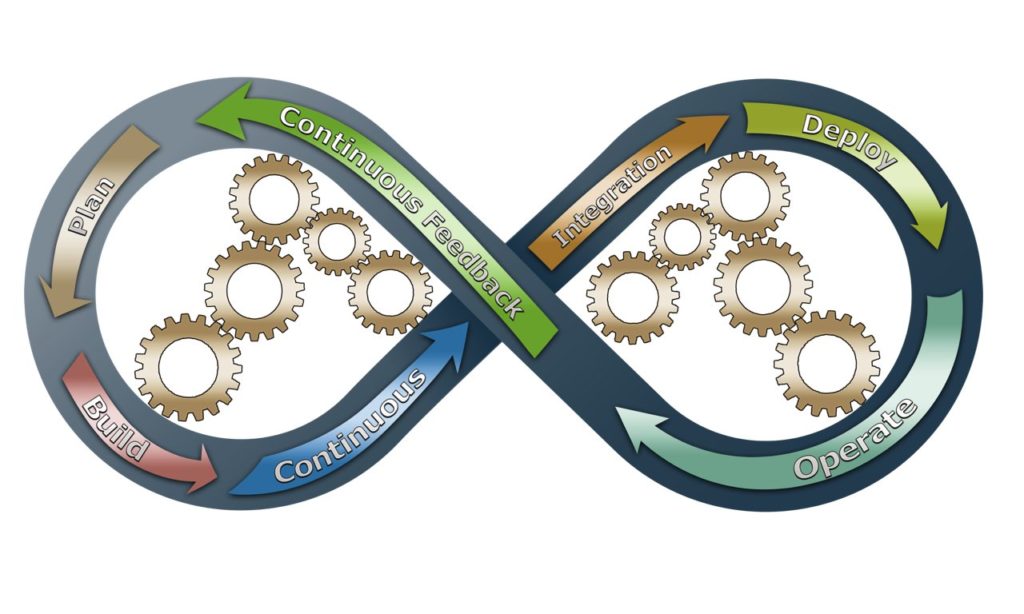According to the Agile Alliance, Agile is:
“The ability to create and respond to change in order to succeed in an uncertain and turbulent environment.”
The highest principle of Agile is the focus on the customer by delivering software of value early and continuously.
Agile also accept that the only constant changes, which are also taught during the CSM Certification, so agile teams need to embrace changes at any time and all the time.
Agile is not only the embracing of, but the ability to create and respond to this change, and it is the best way to build and deliver software. Keep reading to learn more about Agile technologies.
What Are Agile Technologies?
Agile is built around highly shortened development cycles called “sprints”, which focus on continuous delivery of that customer value.
It makes sense, therefore, that any software that supports the Agile processes must be agile itself. It must be able to bend in the breeze so to speak.
To make the Agile Tools function well, work is broken down into the smallest units possible, mostly referred to as User Stories. Each Story must be deliverable within a sprint which is usually two weeks. Think of the User Stories as Job Cards.
Work has a finite number of states, on a macro level it is either not started, in progress or completed. Agile technologies need to be more flexible than this definition, the organization may use Kanban as the workflow over Scrum. Either way, the technology must focus on making the work visible.
More About Agile Visibility
It is this visibility that gets the work flowing and team talking about each piece of work. This more visual way of working means the technology must be able to help teams share work in real-time.
With the ever-increasing remote workforce, teams need to be able to view and update their tasks and discussions from any device, anywhere.
The Backlog is the most important piece of any Agile management software is the Backlog. It is where all tasks and requirements for the final product are listed, think of it as a big whiteboard covered in sticky notes.
The process to get work off the backlog is called prioritization, agile software must be able to support this process and to support ever-changing priorities.
A key role is the Product Owner who is the person who owns the backlog and the priorities.
Effective Agile Practices
Effective dashboards will bring the most important information to the surface helping teams make the best decisions, as when change happens. One of the most effective methods agile software uses to represent work is called a Burndown Chart.
These are helpful in visualizing progress to ensure delivery.
Daily Scrums are a meeting for all the team members to discuss their progress and bring up any issues that need attention. Agile tools should have scheduling and meeting functionality to plan and coordinate Daily Scrums.
When selecting agile software there are few things to consider:
Is the workforce co-located or globally distributed?
- Not all Agile tools are built for internet hosting and access
- This may lead to timezone issues
Do all the members have the same level of understanding of Agile?
- This may mean the coaches (Scrum Masters) may need to have a bigger contribution through the tools
Are there any language barriers?
If you can analyze these points, then your way to sourcing the perfect Agile technologies is paved. You’ll need to be well-prepared for your move to Agile though, being well prepared with these planning tips will get you ahead of the game.
All About Agile
Implementing agile methodology can be advantageous and empowering for your business. This, in hand with the right agile technologies, means that your business will be able to design, build and create the right product for your target market.
Ensure when you’re selecting your agile technology though, that everybody from executive level management to employees is all onboard.
Head on over to our business section to get some great tech-related content.





